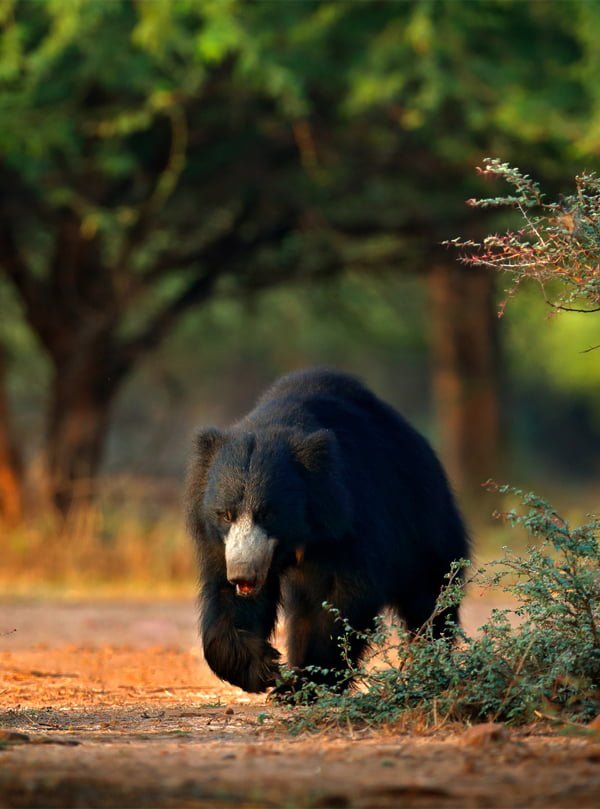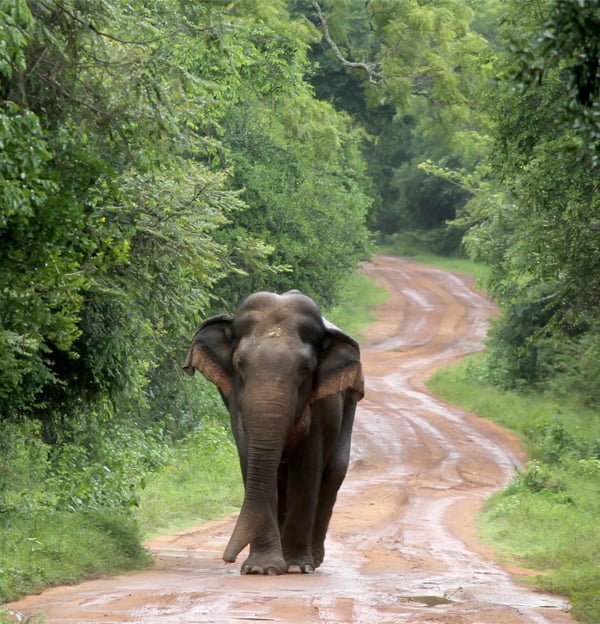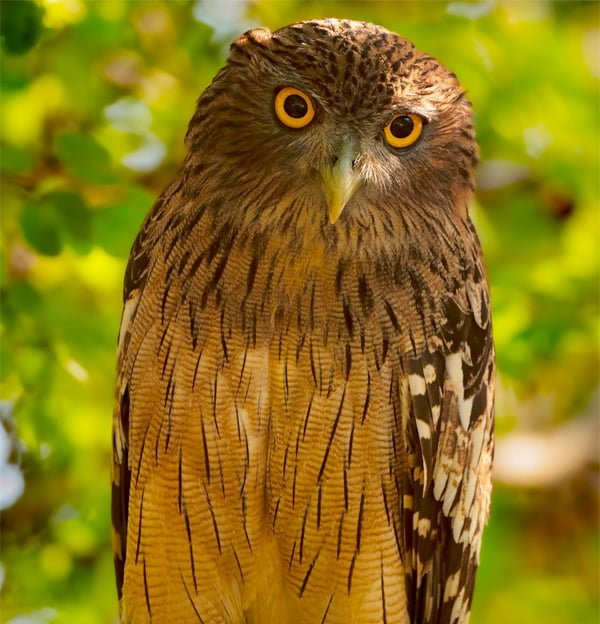One of Sri Lanka’s oldest National Parks.
Covering over 131,000 hectares from the North Western coast to the North Central province, Wilpattu is a vast expanse of interconnected lakes, grassy plains, and dense scrub jungle. Established as a wildlife sanctuary in 1905, Wilpattu stands as one of Sri Lanka’s oldest national parks, boasting a rich biodiversity and historical significance.
The park’s crowning jewel is its population of elusive leopards, offering visitors a chance to glimpse these majestic predators in their natural habitat. Additionally, Wilpattu is home to a diverse array of wildlife, including elephants, sloth bears, buffaloes, crocodiles, and a myriad of other species, both common and rare.
Beyond its natural wonders, Wilpattu holds great historical importance. According to historical accounts, in 543 BC, Prince Vijaya arrived in this region from East India, laying the foundation for the land of Lanka and shaping the course of Sri Lanka’s history. As such, Wilpattu not only offers a sanctuary for wildlife but also serves as a window into the island’s ancient past and cultural heritage.
Here are more details about Wilpattu National Park:
Geographical Location: Wilpattu National Park is located in the Northwest coast of Sri Lanka, spanning the districts of Puttalam and Mannar in the North Western Province and Anuradhapura in the North Central Province. It is situated approximately 25 kilometers west of Anuradhapura, one of the ancient capitals of Sri Lanka, and is easily accessible by road.
Landscape and Ecosystems: Wilpattu is characterized by a diverse range of ecosystems, including dense forests, grassy plains, scrublands, and wetlands. The park is renowned for its picturesque lakes, or “villus,” which dot the landscape and serve as vital watering holes for wildlife. The varied terrain provides habitats for a wide array of flora and fauna, making Wilpattu a biodiversity hotspot in Sri Lanka.
Wildlife: Wilpattu National Park is celebrated for its rich wildlife diversity, with a particular emphasis on its leopard population. The park is known for offering one of the best opportunities in Sri Lanka to spot leopards in their natural habitat. In addition to leopards, Wilpattu is home to a variety of other mammals, including elephants, sloth bears, spotted deer, water buffalo, and crocodiles. The park is also a haven for birdwatchers, with over 200 species of birds recorded, including endemic and migratory species.
Safari Experience: Exploring Wilpattu National Park on a safari excursion is a highlight for visitors. Jeep safaris are the most common way to traverse the park, allowing travelers to venture deep into the wilderness and encounter wildlife up close. Knowledgeable guides lead safari tours, providing insights into the park’s ecology, wildlife behavior, and conservation efforts. Sunrise and sunset safaris offer the best chances of spotting elusive wildlife, while night safaris offer a unique opportunity to observe nocturnal animals.
Historical and Cultural Significance: In addition to its natural wonders, Wilpattu has great historical and cultural significance. The park’s name, “Wilpattu,” translates to “land of lakes” in Sinhala, reflecting its numerous natural reservoirs. According to legend, Wilpattu is also believed to be the setting where Prince Vijaya, the legendary first king of Sri Lanka, landed upon his arrival from India, marking the beginning of the island’s recorded history.
Conservation Efforts: Wilpattu National Park is actively involved in conservation initiatives aimed at protecting its biodiversity and natural resources. Efforts are underway to preserve the park’s delicate ecosystems, mitigate human-wildlife conflicts, and promote sustainable tourism practices. Visitors can learn about these conservation efforts at the park’s visitor center and through educational programs conducted by park authorities.
Overall, Wilpattu National Park offers a captivating blend of natural beauty, wildlife diversity, and cultural heritage, making it a must-visit destination for nature enthusiasts and wildlife lovers exploring Sri Lanka.













